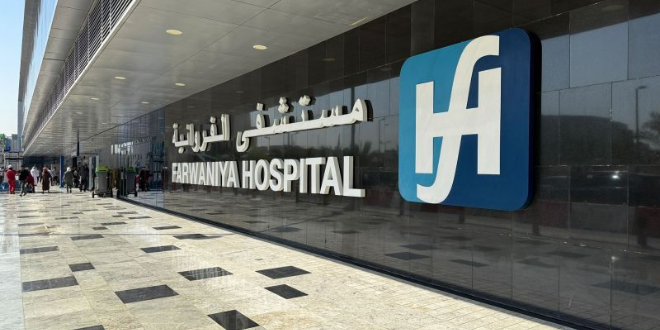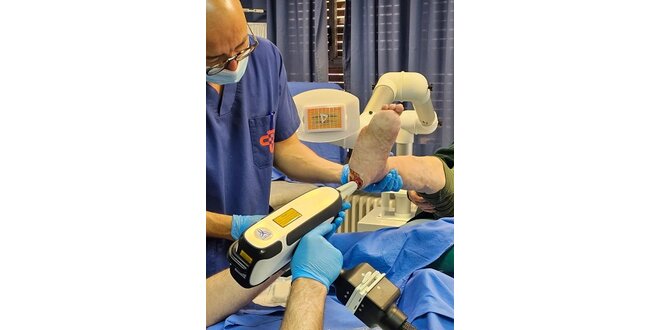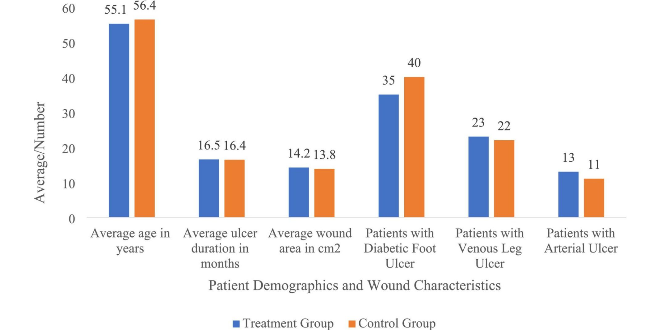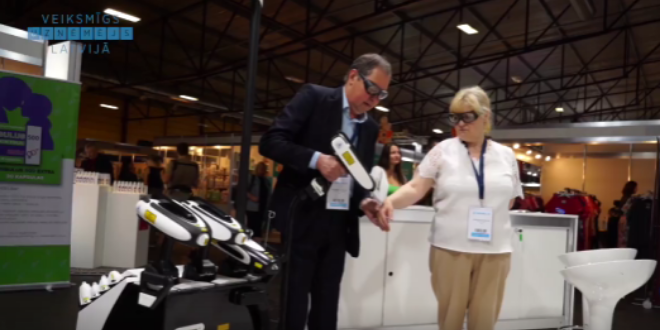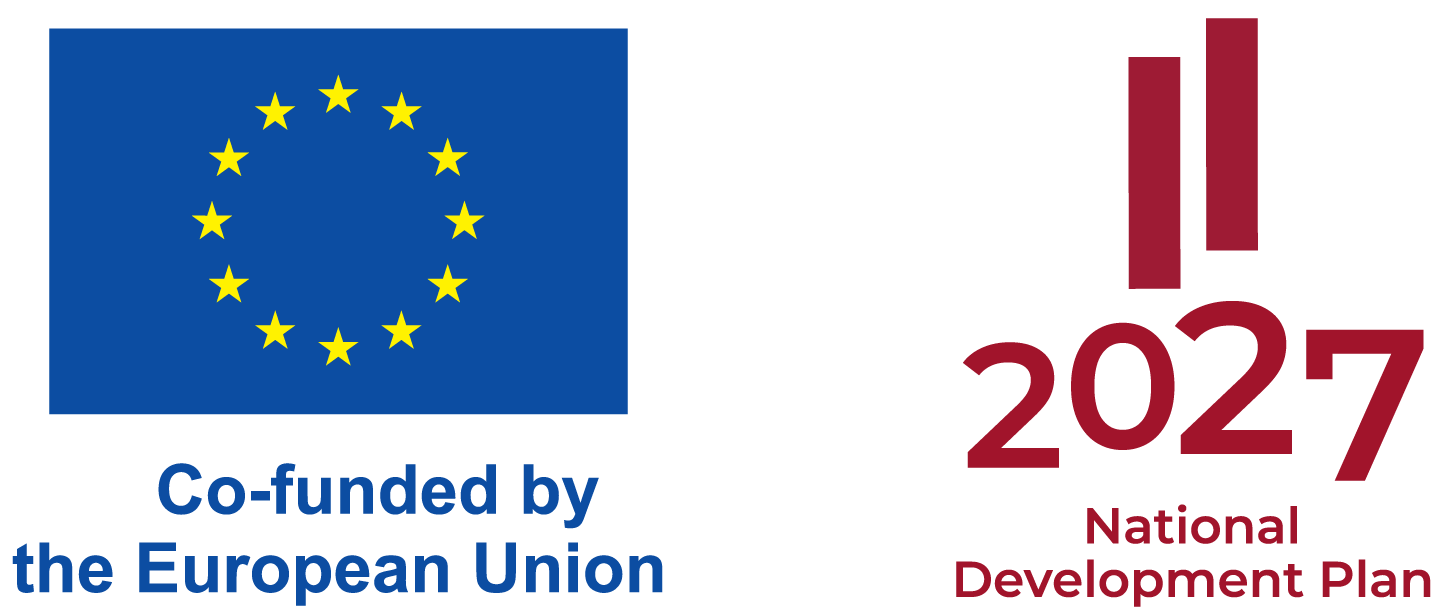Post-Surgery Complications Treatment (RecoSMA® on the MULTILINE™ Platform)
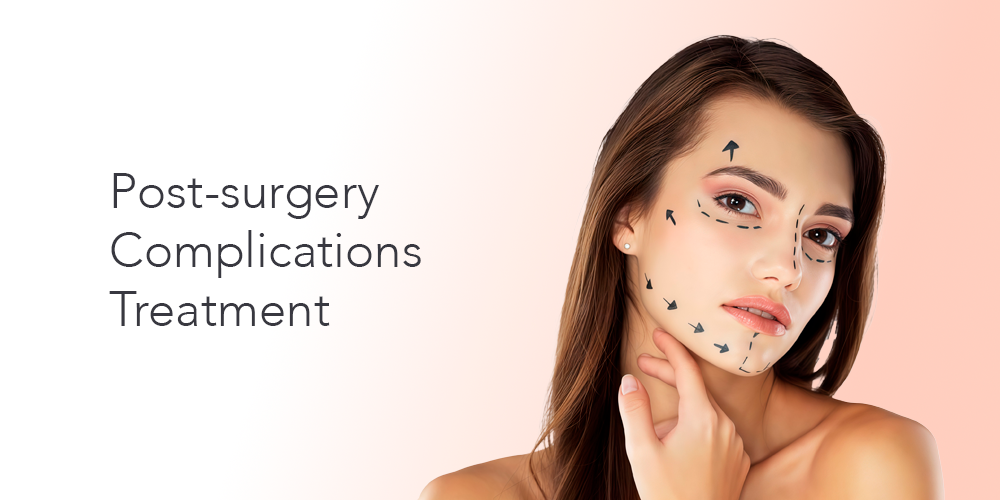
Post-operative problems—scarring, tissue necrosis, poor wound healing, wound infection, hematoma, seroma, wound dehiscence, and ectropion—need fast, tissue-sparing solutions. LINLINE’s approach combines precise Er:YAG “ablative sanitation” to clean and vitalize the wound bed with RecoSMA® field therapy to accelerate true regeneration (neovascularization, collagen remodeling, functional tissue replacement).
Why this method works
- Battle infection & biofilm, safely remove necrosis. Short-pulse Er:YAG 2.94 μm removes slough, fibrin, necrotic tissue and biofilm layer-by-layer under direct vision (≤~100 μm/pass) without deep thermal trauma—“blood-dew” confirms a clean, vital wound bed.
- Trigger rapid, deep regeneration (non-thermal). RecoSMA® creates surface micro-events that launch acoustic waves reaching up to ~6 mm into tissue; waves converge to disrupt fibrotic structures, induce new capillary growth, and stimulate functional tissue to replace damaged areas—without heating the skin.
- Prevent excessive scarring. Early RecoSMA® shifts healing toward regeneration rather than fibrosis; scar prevention is strongest when started as early as week 1 (clinician-guided).
Indications we address
- Scarring (hypertrophic / normotrophic, prevention & treatment)
- Tissue necrosis (post-facelift, mastopexy, abdominoplasty; filler-related ischemic necrosis)
- Poor wound healing & wound dehiscence
- Wound infection
- Hematoma / Seroma (e.g., post-blepharoplasty)
- Ectropion (post-blepharoplasty lid malposition)
How a treatment course looks
- Ablative sanitation (Er:YAG)
Layer-controlled removal of non-viable tissue and biofilm until the wound bed is clean and vital; repeat as needed early in the course. - RecoSMA® field therapy
SMA pass across the wound and 0.5–1 cm around the margins to stimulate granulation, neovascularization, and remodeling; sessions repeated according to response. - Adjunct TCT therapy (when indicated for scars)
A single Nd:YAP/KTP session may be used to reduce vascular supply in hypertrophic scars, followed by RecoSMA® to remodel fibrosis.
What patients feel & recovery
- During: sanitation is usually well-tolerated; RecoSMA® is non-thermal (skin remains ~36.6 °C) but warmth/tingling can build for a few minutes as blood flow increases.
- After: dry sterile dressing; avoid scratching ~5 days; limit sun ~1 week. With progressive granulation and epithelization, visit frequency tapers from daily/every-other-day to weekly.
What we see in practice
- Tissue necrosis (post-mastopexy/facelift/abdominoplasty):
Clean with Er:YAG (2–5 sessions) → RecoSMA® (3–6 sessions). Complete healing reported in 17–33 days depending on size, smoking history, and depth. - Ischemic necrosis after filler embolism:
RecoSMA® started early achieved closure in 10–14 days in presented cases. - Wound dehiscence / infected wounds:
Daily sanitation + staged RecoSMA® prepared for secondary sutures in ~3–14 days, with full closure typically within 17–64 days, sometimes alongside VAC therapy. - Seroma after blepharoplasty:
1 session of RecoSMA® led to clinical resolution in showcased cases. - Ectropion (post-blepharoplasty):
1–2 weekly RecoSMA® sessions improved lower-lid position and tone in the deck’s examples. - Hypertrophic scarring:
Example: Nd:YAP/KTP (1 session) + RecoSMA® (1 session) after blepharoplasty improved scar quality and appearance.
How we tailor by complication
- Scarring (treatment & prevention): begin early when possible; RecoSMA® sessions promote functional tissue replacement and soften borders; add TCT if the scar is highly vascular.
- Tissue necrosis / poor healing: sanitation first; RecoSMA® to jump-start granulation and normalize microcirculation; consider closure once the bed is clean and granulating.
- Infection: sanitation reduces microbial load and biofilm; RecoSMA® supports perfusion and host response—then reassess for closure.
- Hematoma / Seroma: RecoSMA® improves local microcirculation and lymph dynamics; evacuate/aspirate when clinically required, then stimulate orderly healing.
- Dehiscence: iterative sanitation + RecoSMA® to obtain a robust bed, then secondary sutures when ready.
- Ectropion: RecoSMA® to improve dermal elasticity and support (often 1–2 sessions), with shields and conservative settings on eyelids.
Safety & practical notes
- Choose Er:YAG for sanitation (microsecond pulses) to avoid deep thermal damage typical of hot CO₂ debridement.
- RecoSMA® is non-thermal and barrier-sparing; discomfort is managed by reducing frequency, not energy.
- Etiology still matters: combine with compression, unloading, revascularization, antibiotics, or VAC per standard of care.
- Eyelids: always use laser shields.
Benefits at a glance
For patients
- Faster, cleaner healing with less collateral trauma.
- Reduced risk of excessive scarring and improved cosmetic outcomes.
- Short, predictable aftercare; many cases progress to closure sooner.
For practitioners
- Reproducible endpoints: “blood-dew” for sanitation; granulation/epithelization after RecoSMA®.
- Versatility: effective across necrosis, infection, seroma/hematoma, dehiscence, ectropion, and scar management.
- Platform simplicity: all steps delivered on the MULTILINE™ base unit.
Key takeaway
With Er:YAG sanitation to clean the field and RecoSMA® to accelerate non-thermal regeneration—plus TCT when scar vascularity needs to be reduced—LINLINE offers a cohesive, platform-based pathway to manage post-surgery complications quickly, comfortably, and with a strong focus on natural-looking outcomes.





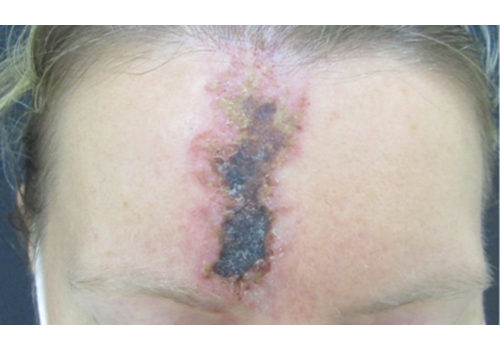
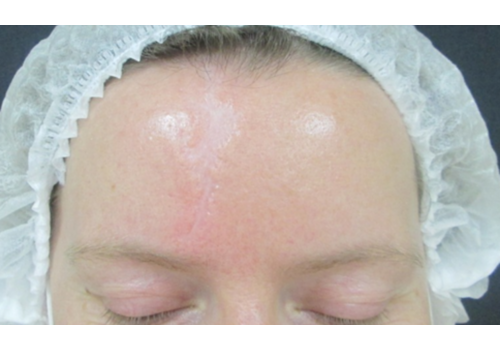
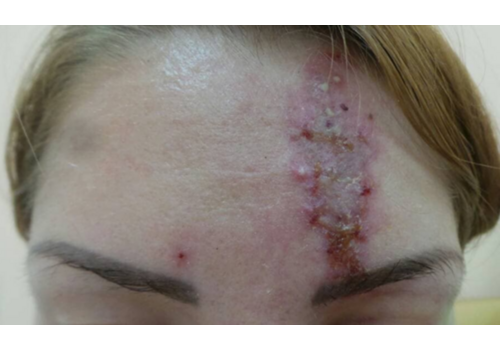
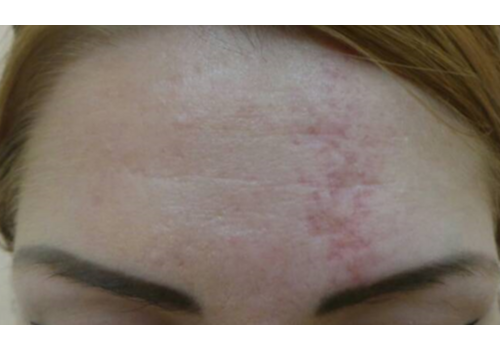
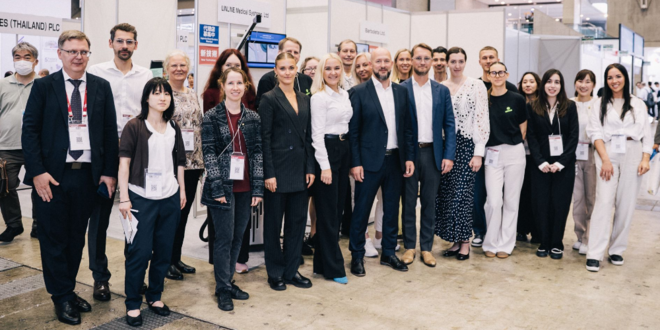
 06.10.2025
06.10.2025